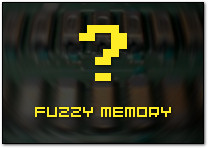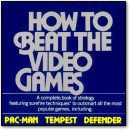Ideas for VC&G 10th Anniversary?
April 15th, 2015 by Benj Edwards I just looked at the calendar and realized that Vintage Computing and Gaming is turning 10 this year. I started this blog in November 2005.
I just looked at the calendar and realized that Vintage Computing and Gaming is turning 10 this year. I started this blog in November 2005.
I’m not quite ready to break out the party hats yet, but I’m wondering if you guys had any ideas of what I could (or should) do to celebrate this milestone.
I’ve considered possibly compiling some of the site material into a book of some kind, but I’m not sure how well any of the VC&G content will translate to book format. Of course, 99% of the posts on this site over the past 7-8 years have been Retro Scans, so maybe there isn’t much to celebrate. There are a lot of stories buried in there, however — maybe I could pull them out into some kind of collection (although I am loathe to be responsible for yet another crappy eBook or print-on-demand tech memoir).
So…any ideas? Contests? Retrospectives? Or just sit back and do business as usual? (Not a bad option.) I’m all ears!



 Every once and a while, I receive emails from people looking for a certain game, electronic toy, or computer from their distant past. I then pass it on to intrepid VC&G readers to crack the case.
Every once and a while, I receive emails from people looking for a certain game, electronic toy, or computer from their distant past. I then pass it on to intrepid VC&G readers to crack the case.



 [The following news comes to us via video game historian Mary Goldberg, who has allowed VC&G to republish his
[The following news comes to us via video game historian Mary Goldberg, who has allowed VC&G to republish his 




